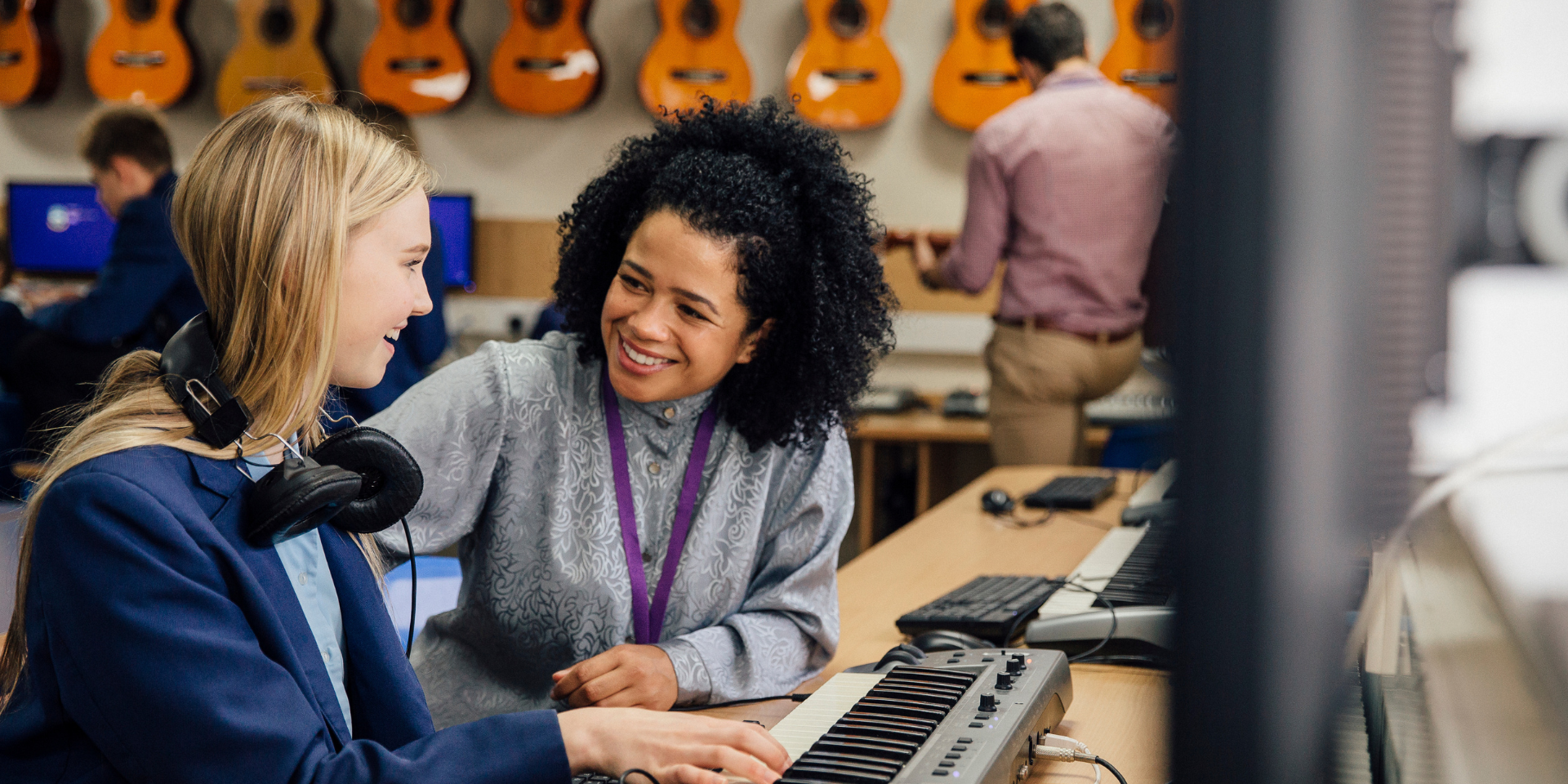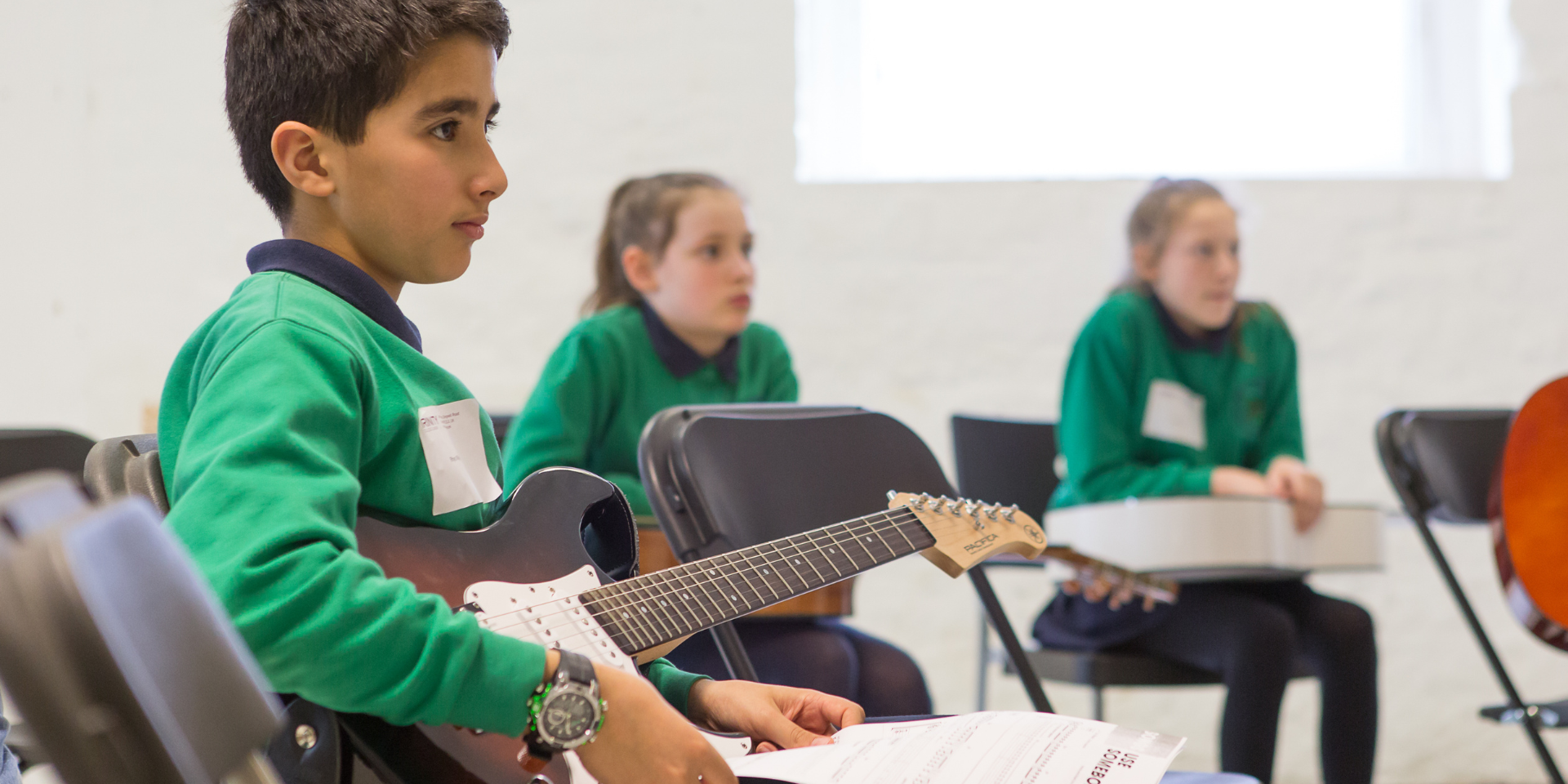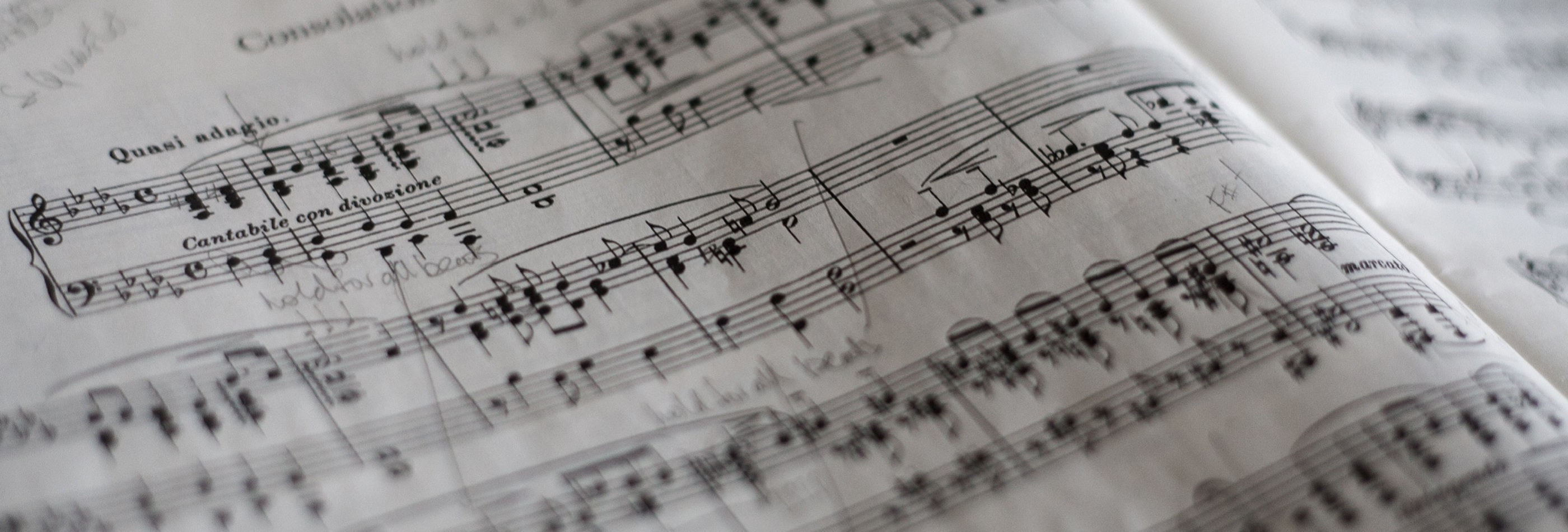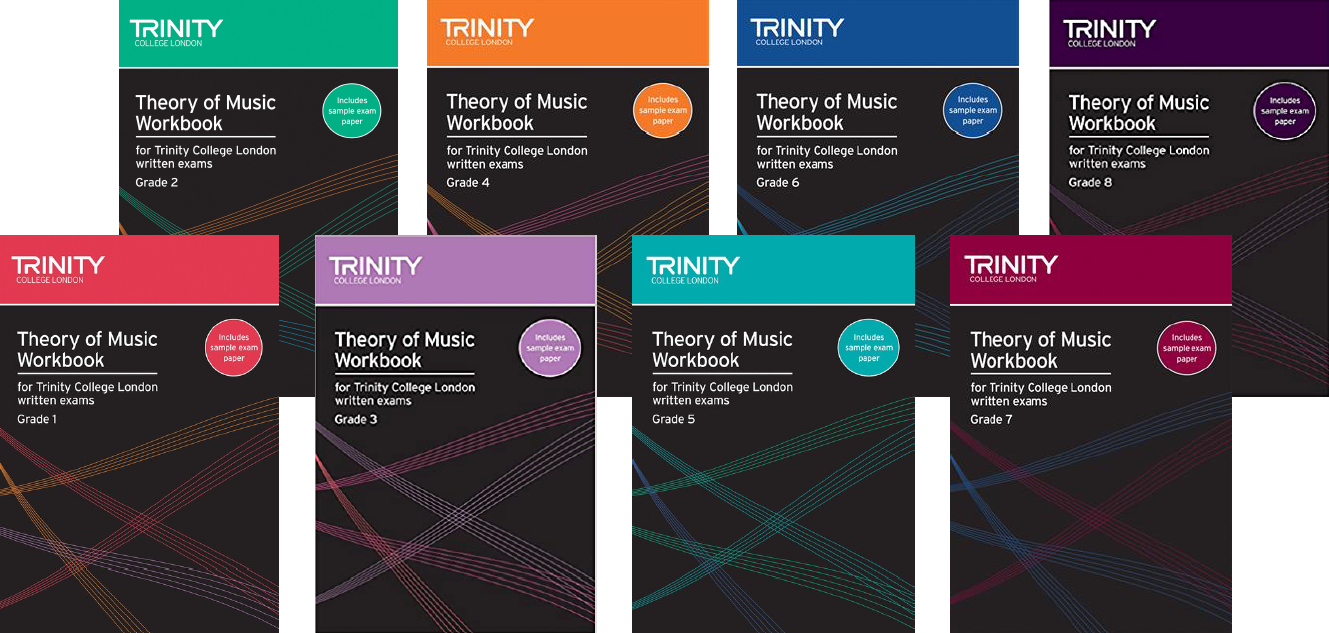
How to make music theory the best part of your KS3 music lessons

BY: Jen Flatman
15 October 2025
In this post, experienced music educator Jen Flatman explores how to elevate the teaching of music theory at KS3. With over 20 years in the classroom and on stage, Jen shares practical, hands-on techniques for seamlessly integrating theory into listening, composing, and performing. She highlights how this approach transforms theory from a potentially daunting separate subject into a natural, discovery-based toolkit that enhances every student's musicianship and can be celebrated through collective class achievements.
Ask most secondary music students what they think of music theory and the answers usually fall somewhere between ‘boring’ and ‘hard’. But it doesn’t have to be that way. When theory is kept practical and linked to what students are already doing—singing, playing, composing—it becomes something that enhances their performance rather than something that sits on the side. This integrated approach encourages teachers to treat theory as part of musicianship, not a separate hurdle.
Building on what you already teach
The strength of a structured progression pathway is that it builds on what already happens in lessons: composition, harmony, structure, and listening. It gives a clear sense of progression, but in a way that is accessible to all learners, whether they’re learning an instrument outside of school or experiencing music mainly in the classroom. Because the theory is designed to run in parallel with practical music-making, it’s easy to embed into existing schemes of work.
Transform theory into practical discovery
One class exploring film music discovered that ‘scary’ sounds often come from minor chords and dissonant intervals—not because they were told, but because they experimented at the keyboards until they found it themselves. Another group clapped and layered rhythms, experiencing the difference between crotchets and quavers physically before naming them and learning to recognise them on the page. Composition projects with small theory goals, like writing a four-bar melody with question-and-answer phrasing or using contrasting dynamics, help to reinforce knowledge without making it feel like ‘theory work’.
This approach to discovery-based learning sits neatly alongside recognised external assessments. As classes build up their understanding week by week, they are already covering the kinds of skills assessed in the exams.
Exams as natural checkpoints for whole class progress
For schools looking for a clear progression point, entering whole classes for a collective achievement marker can provide a shared goal. The content dovetails with classroom activities, so preparing for an exam doesn’t mean setting aside lesson time for rote revision. Instead, it becomes a natural checkpoint: the clapping games, composition tasks, and listening questions all contribute directly to what will be tested.
Approaching it this way helps to demystify the idea of theory exams. Rather than being something extra for a handful of students taking instrumental lessons, they become a collective achievement that celebrates the progress of the whole class.
Online assessment options, such as Trinity’s Digital Theory of Music exams, are now also making it easier and more flexible for you to choose the time, date and place for your students to take their exams.
Small activities, stronger music
Even without an exam in mind, theory can be reinforced in small, light-touch ways: a quick ‘name that interval’ challenge at the end of a lesson, spotting rhythmic patterns in a pop track, or asking students to explain why a chord sequence works. These activities not only prepare students for assessment if a school chooses that route but also help them to see theory as a practical toolkit that makes their music stronger.
Theory that makes music come alive
At KS3, the aim isn’t to make theory feel like another subject, but to slip it naturally into listening, performing, and composing. The Trinity College London Theory of Music syllabus is one such structure that is designed specifically to support this flow, making integration seamless.
When used this way, exams don’t sit outside classroom teaching—they grow directly out of it. And for students, that shift makes theory less about rules and more about possibilities, turning it into the thing that helps their music come alive.
Try it for yourself!
Want to see how Trinity’s Theory of Music can support your students?
Download our free sample ebook , featuring real example questions from our digital exams at Grades 1, 2, 3 and 5, taken directly from our popular support workbooks. You’ll also receive an exclusive 20% discount code for our full range of theory ebooks and teaching resources.




Comments & Replies